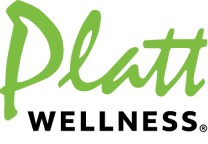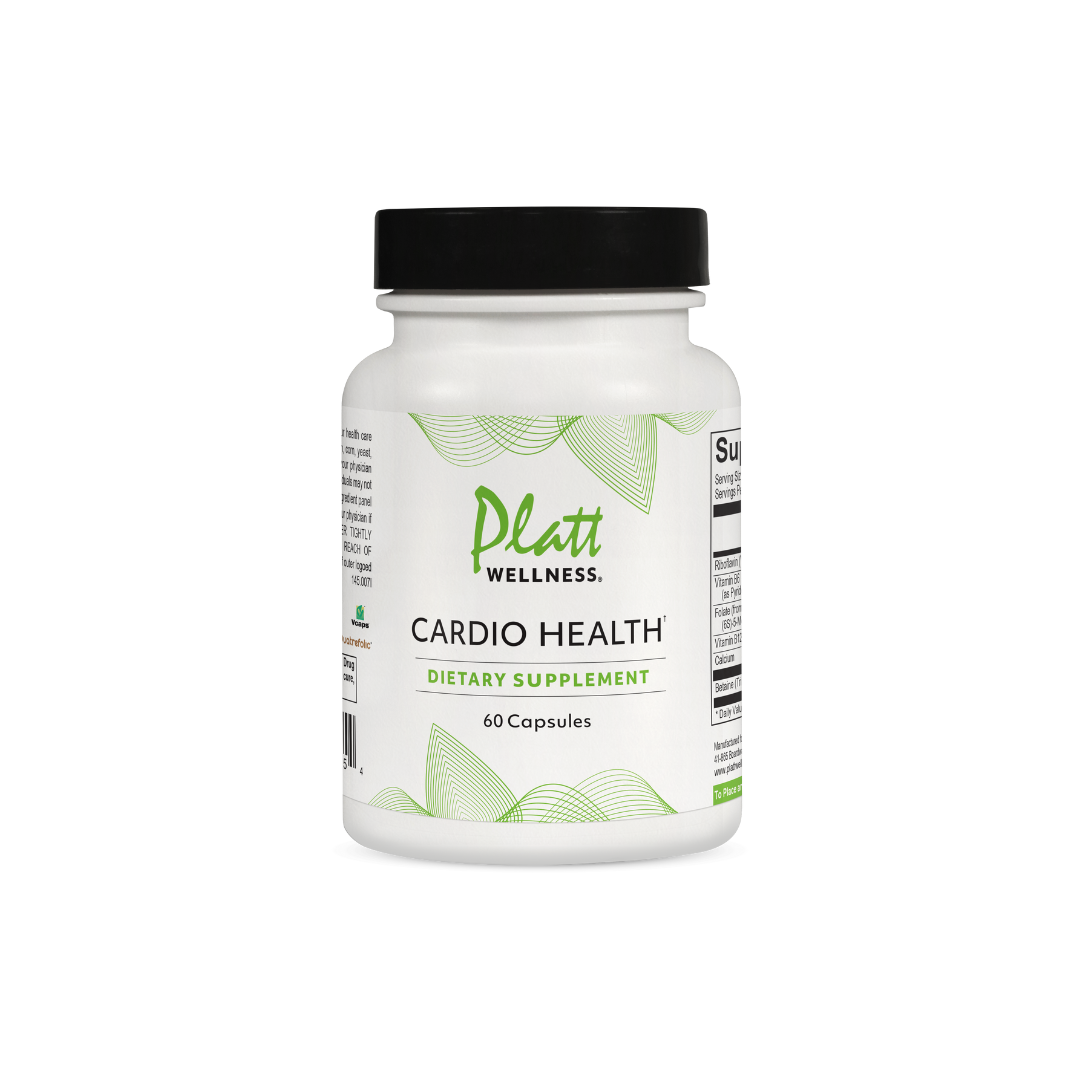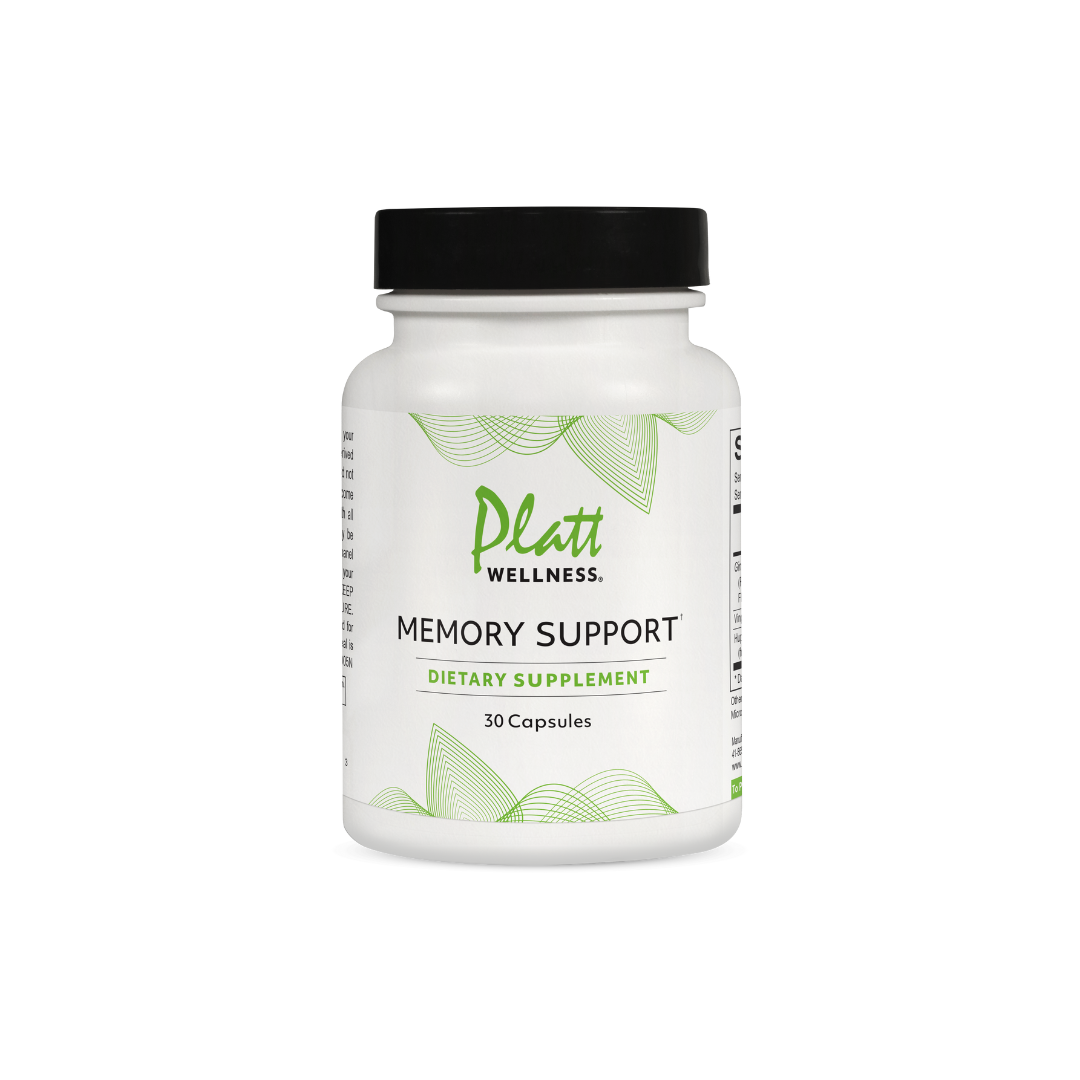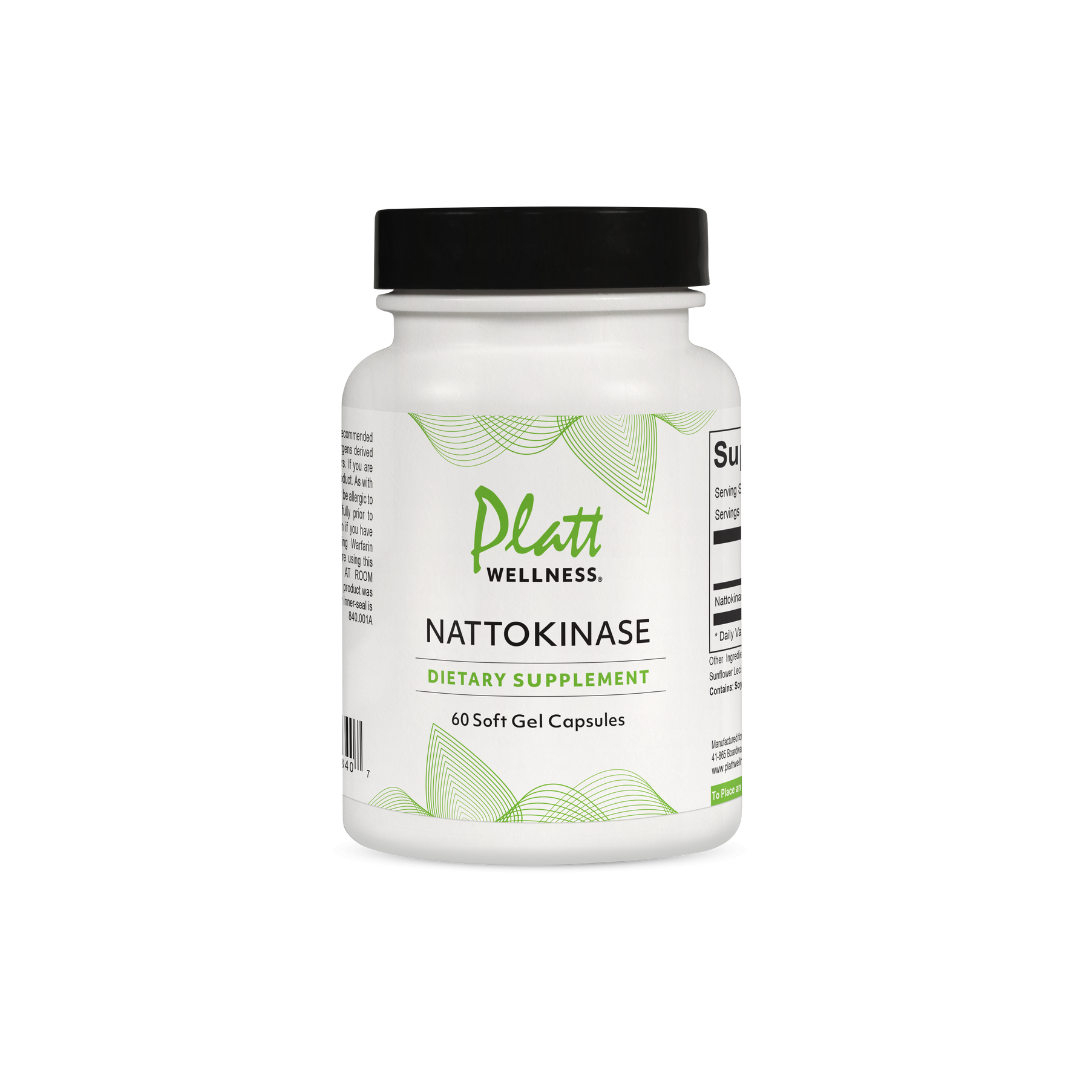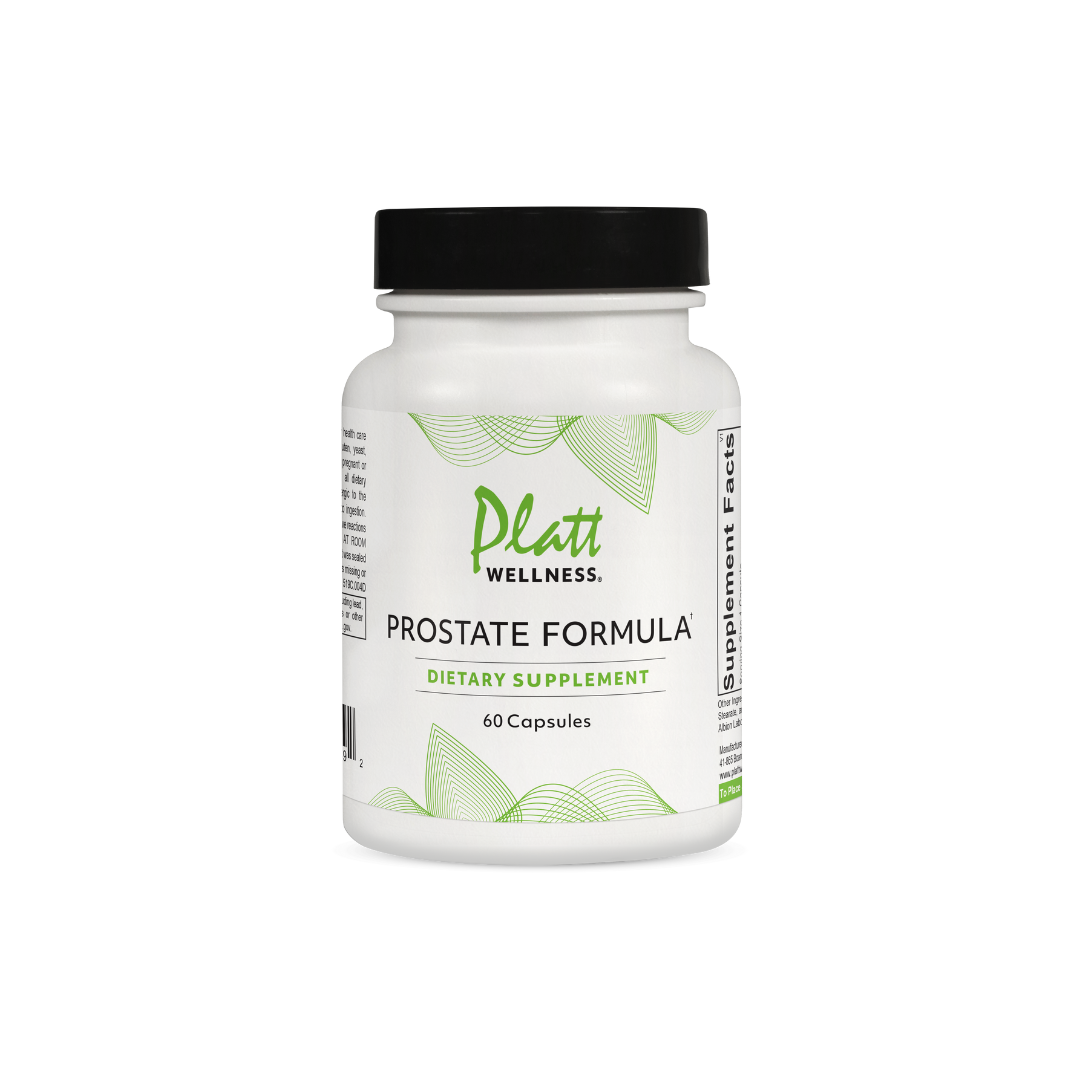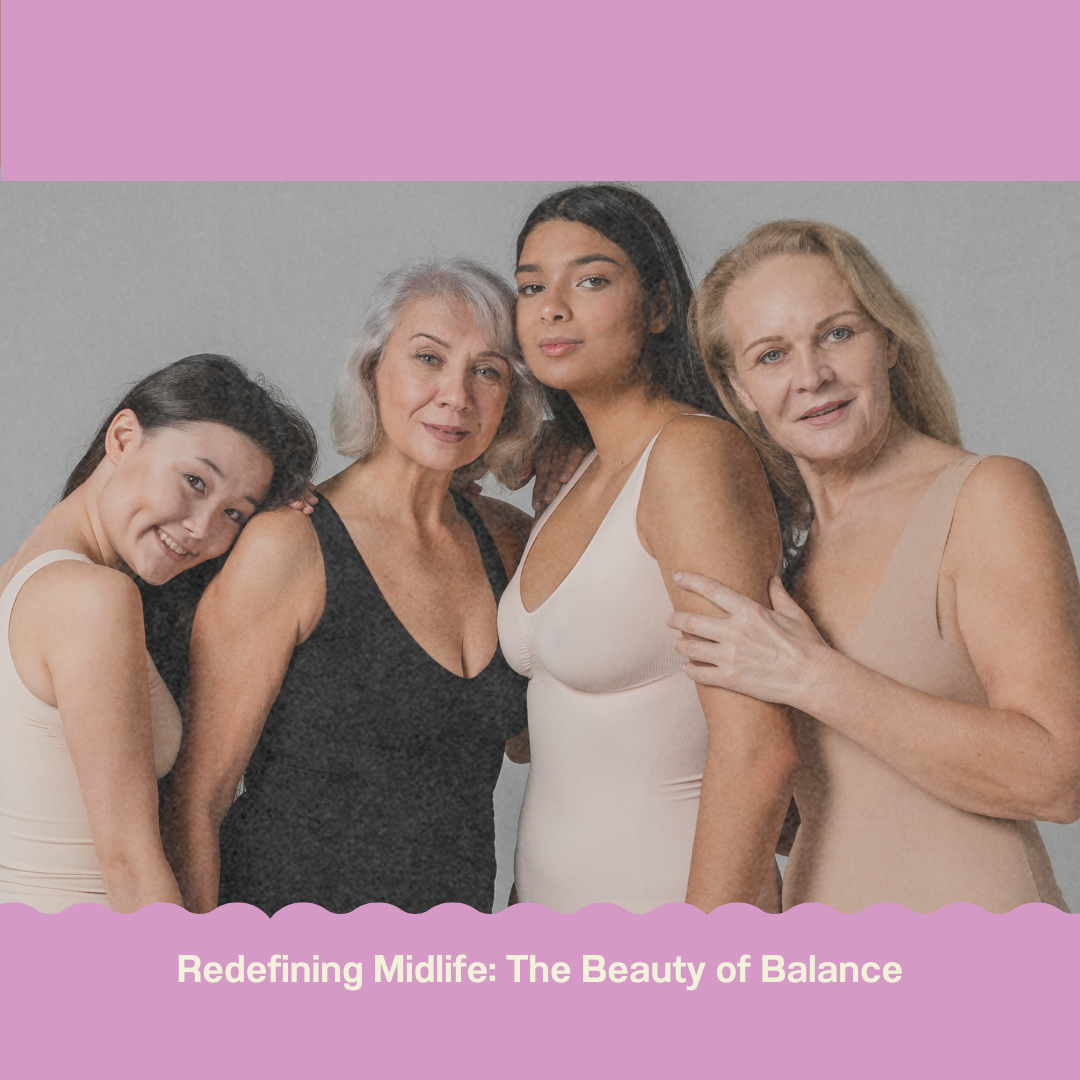The two most common types of urinary incontinence that affect women are 1) Stress incontinence found in women who have lost muscle control around the urethra. As a result, they experience unwanted urine leakage when pressure is put on the bladder. The most common factors creating this problem are coughing, sneezing, laughing in public, and jumping type exercises, and 2) Urgency incontinence also called “overactive bladder” is found in those women who have, like the name, have an “urgency” to urinate and experience leakage while running to the toilet.
Stress Incontinence
Stress incontinence is most often found in multiparous women - i.e. women who have had three or more pregnancies – and rarely in women who are in menopause. It is commonly treated by physicians with certain medications such as Detrol or Ditropan, or a surgical approach involving lifting of the uterus, or inserting a mesh in the vaginal walls. In my opinion, none of these treatments are effective.
Treatment
My approach to this problem is the same way I have approached most problems – treating the underlying cause whenever possible. In this case, stress incontinence is caused by a weakened musculature around the urethra. Logically, it would make sense to strengthen these muscles. With this in mind, I have utilized an approach that has had almost a 100% success rate, namely utilizing natural, bio-identical testosterone cream inserted vaginally with an applicator once a day in the morning. Testosterone is a hormone that is necessary to build muscle mass and, by inserting testosterone in the region where it is most needed, helps build muscle around the urethra.
After insertion, there are two types of Kegel exercises that must be used – one while urinating, utilizing a stop-start exercise. The other type is done throughout the day, clenching the same muscles for 10 to 15 seconds, 20 to 30 times per day. In most cases the incontinence is gone in 3 to 6 days. Reminder: Both exercises must be utilized.
Urgency Incontinence
Urgency incontinence affects twice as many women as men. It can happen to women at any age. Urinary urgency, or “overactive bladder,” is caused by adrenaline. Adrenaline increases perfusion through the kidneys, which in turn increases urinary output. At the same time, adrenaline gives people the urge to urinate. People who are releasing excess adrenaline all day and all night often experience this kind of urinary urgency. They frequently experience dribbling on the way to the bathroom—a condition called urgency incontinence.
There are some women who have to urinate frequently due to excess adrenaline, but cannot go to the bathroom every 15 to 20 minutes. Instead, they hold it in keeping their bladder muscles tense and build up lactic acid levels. As a result, women can develop a devastating condition called chronic interstitial cystitis. These women have pain in the bladder 24 hours a day and severe burning when they urinate.
Treatment
The treatment of urgency incontinence, as well as interstitial cystitis, is to reduce as well as block adrenaline. This can be accomplished in less than 24 hours simply by treating the reason the body is releasing adrenaline.
Even though incontinence is not a bladder problem, women with this condition are often given drugs to relax the bladder, such as Detrol or Ditropan, which are ineffective and have anticholinergic side effects (such as dry mouth, constipation, and glaucoma). Or they receive surgical treatment, such as placement of a vaginal mesh, which has been known to cause severe complications. The latest approach is to inject Botox into the bladder muscles. However, incontinence is not caused by a Botox deficiency. Moreover, Botox is so effective at preventing incontinence that women can wind up with the opposite problem and require catheterization every time they need to urinate for three months until the drug wears off.
___________________________________
The release of adrenaline at night to raise the sugar level to fuel the brain is very often the cause of nighttime urination.
___________________________________
Many people have problems with nocturia (nighttime urination); some have to get up three or four times a night. This condition is often blamed on drinking too many fluids, prostate problems, heart problems, or having a “small bladder.” However, the release of adrenaline at night to raise the sugar level to fuel the brain is very often the cause.
The treatment of excess adrenaline requires providing the brain with the two nutrients it utilizes to function: glucose and ketones - best obtained from vegetables, coconut and MCT oil - as well as a 5% progesterone cream to block adrenaline. In my book “Adrenaline Dominance - A Revolutionary Approach to Wellness” I provide a detailed protocol, meal plan and dose recommendations.
Children and bed-wetting
As a matter of interest, bed-wetting in children is also caused by excess adrenaline. Any pediatric urologist will probably tell you that all children who are bedwetters have ADHD. This is understandable because ADHD is also caused by adrenaline.
I have observed that bed-wetting seems to occur almost exclusively in children who have a creative type (right-brained) component to their ADHD. This is not surprising, since the right brain is more active, even at night, so more adrenaline is released during the night, creating the urge to urinate.
The primary treatment for bed-wetting in children has been Vasopressin, a powerful antidiuretic hormone. To their credit, the FDA did wake up to the dangers of using this drug in children and has since disallowed it. However, this raises the question: what drugs might these doctors be prescribing now?
For those of you requiring more specific information stress incontinence, it can be obtained in my book, “The Miracle of Bio-identical Hormones” or Adrenaline Dominance - A Revolutionary Approach to Wellness” for information on urgency incontinence.
For those healthcare practitioners who may be interested, I have written a manual “The Platt Protocol for Hormone Balancing.” It includes a chapter on how to reduce adrenaline.
If you have any questions or require more information you can email Dr. Platt at questions@plattwellness.com.
_________________
The Platt Wellness Team is pleased to assist you with information about our products. Please know we are not licensed and therefore cannot provide you with any medical advice or information. If you require medical advice or information please contact a medical or health care professional. Please remember the information contained in this email message is for informational purposes only. The statements in this email have not been evaluated by the Food and Drug Administration and are not intended to diagnose, treat, cure, or prevent any disease.
